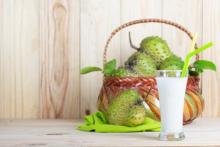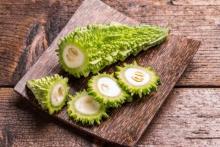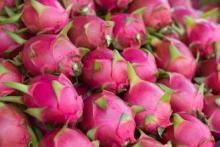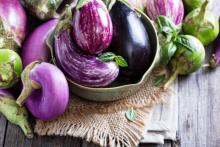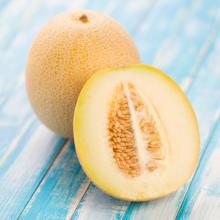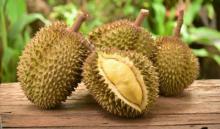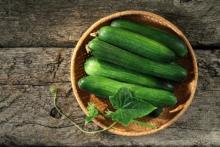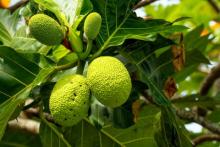Superfood 101: Soursop!
Soursop is a member of the family Annonaceae or Custard-apple family of the genus Annona L. commonly known as Annona and contains the species Annona muricata L. or soursop. The plant is native to the West Indies and northern regions of South America and can be found today throughout the tropical climates of the world. A Puerto Rican professor renamed the plant guanabana in 1951, adding to its nomenclature.

